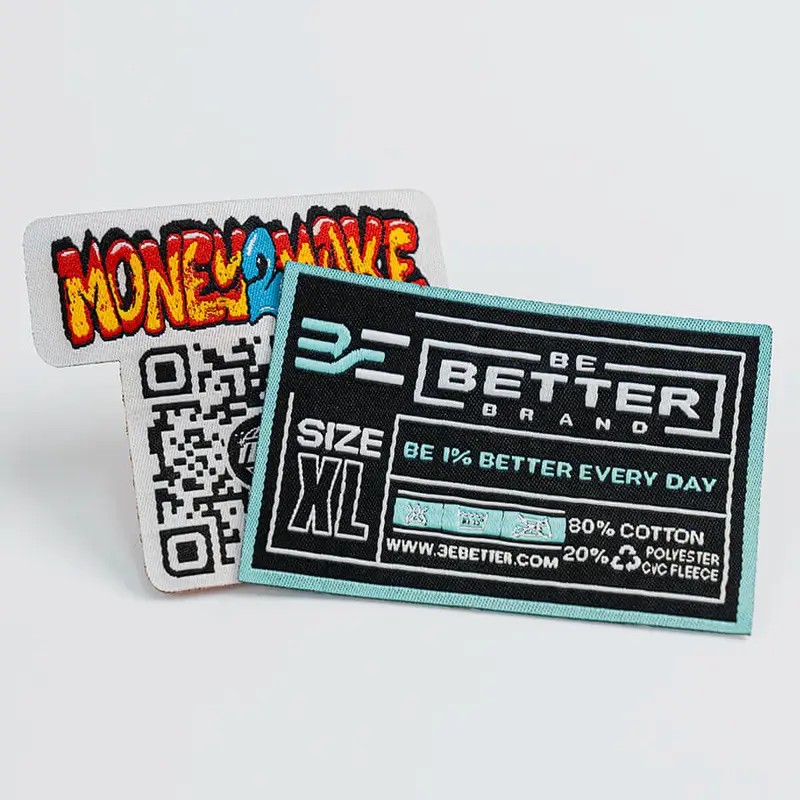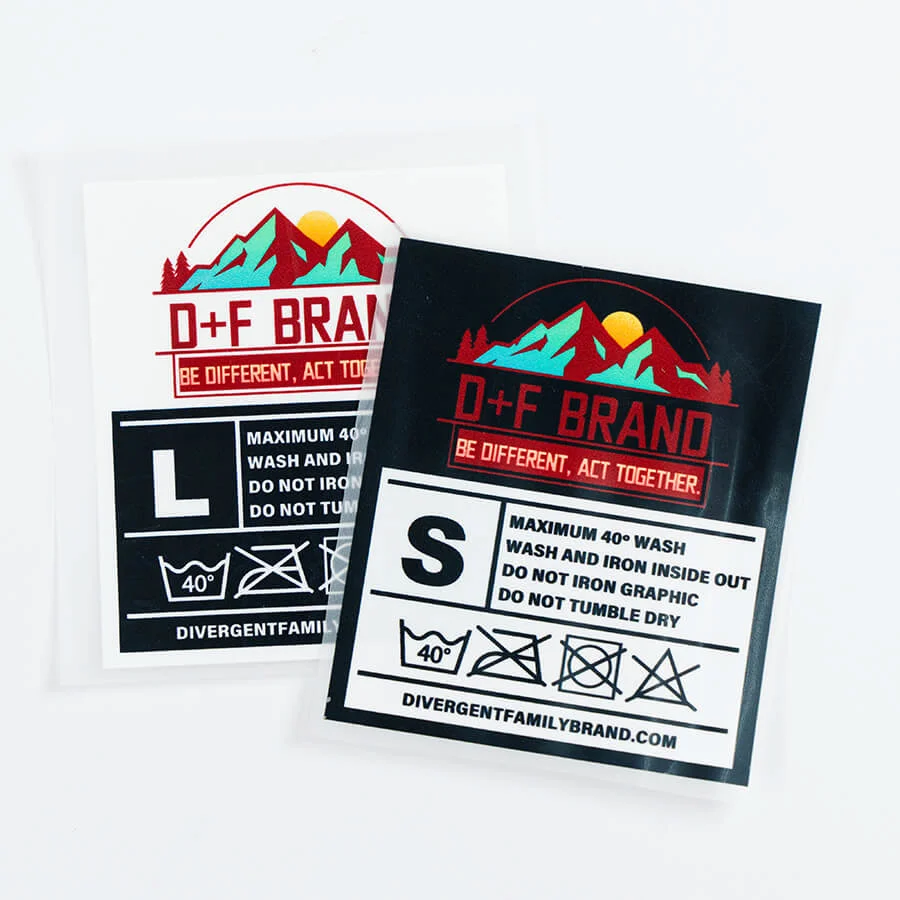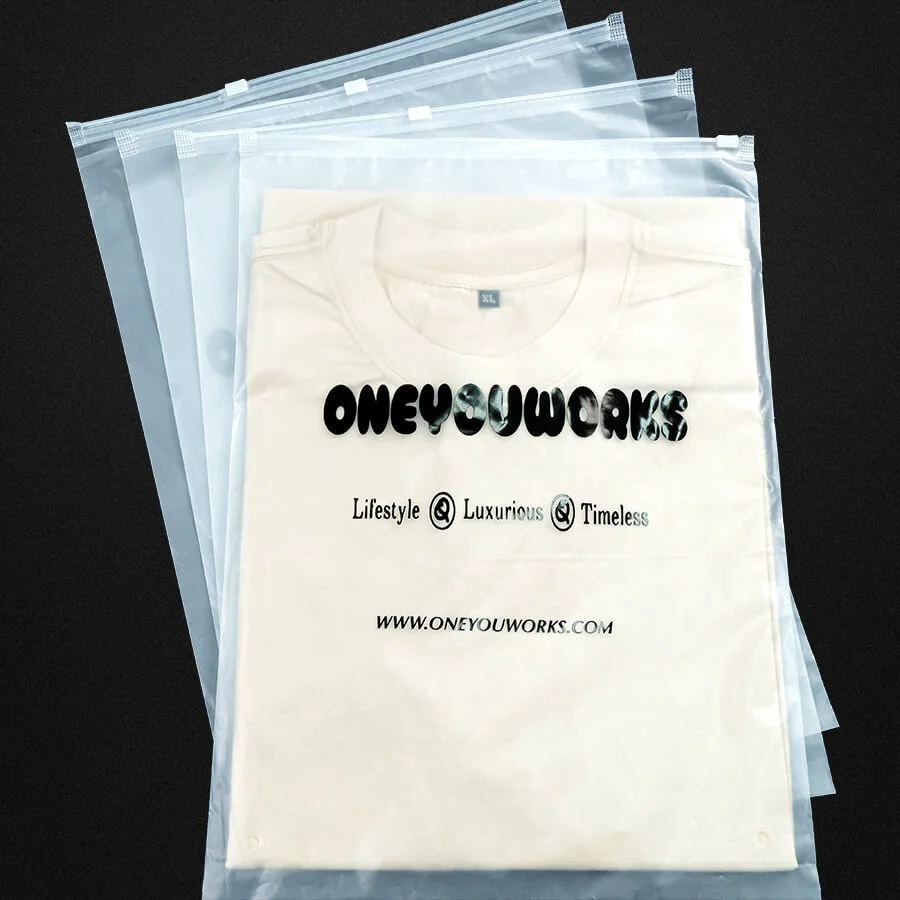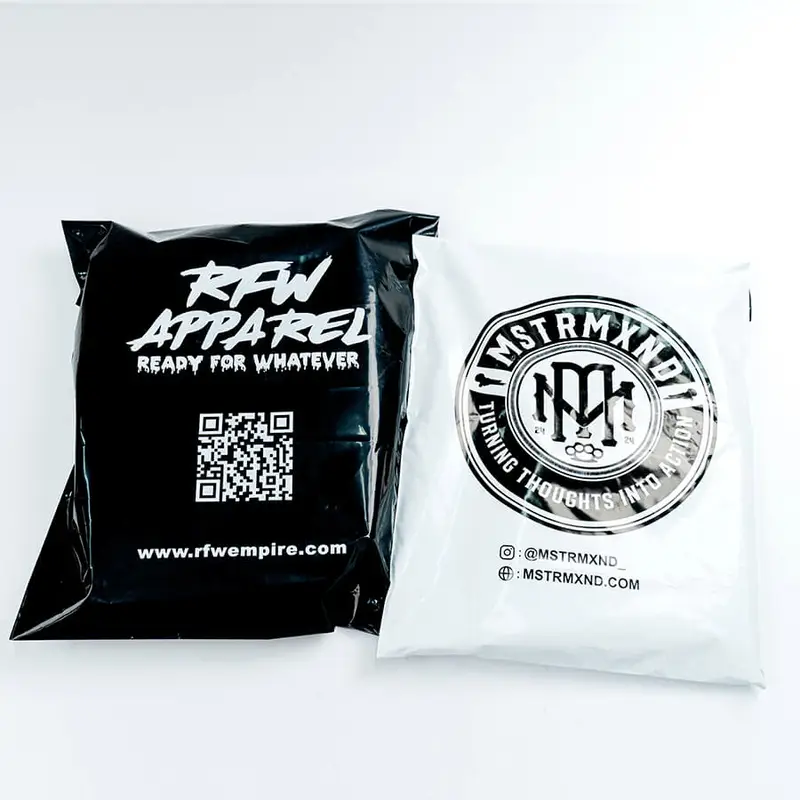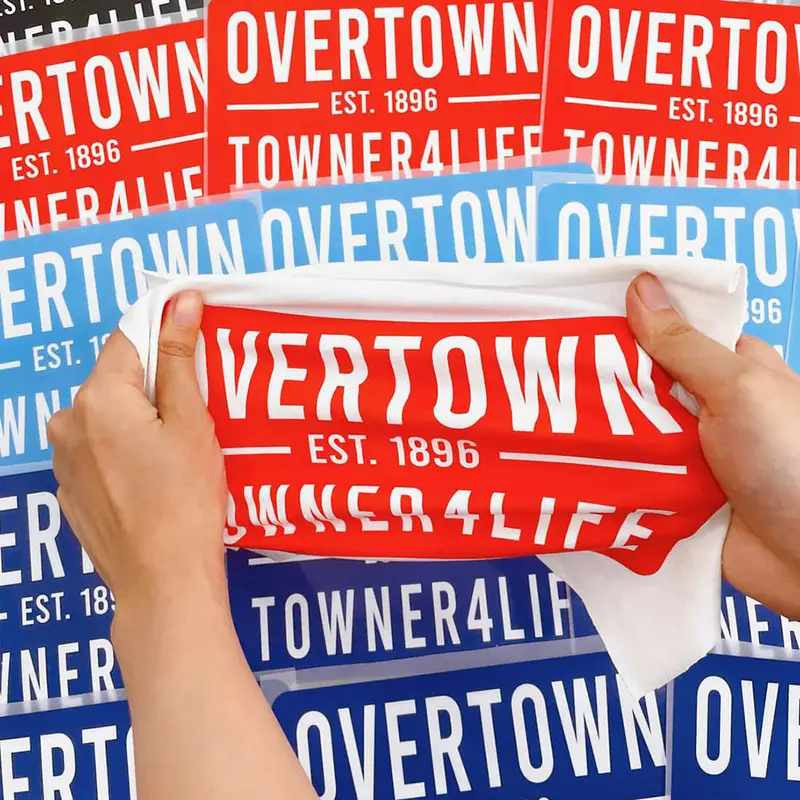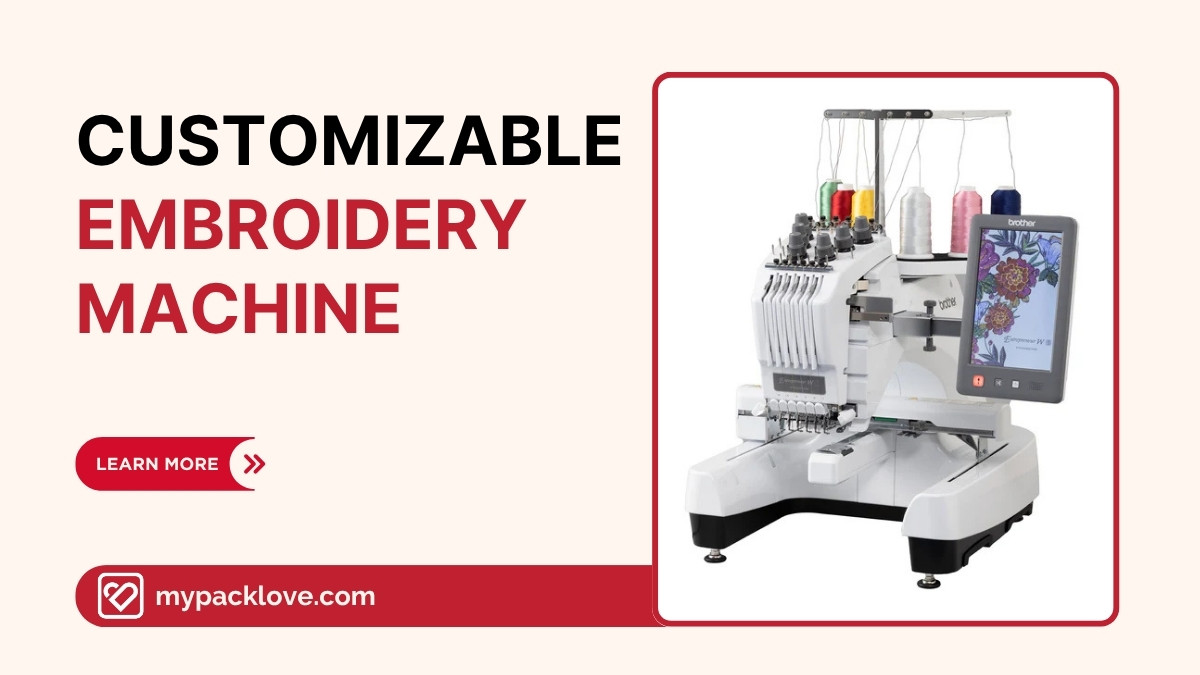Iron on Patches to a Backpack: Easy DIY Guide & Tips
Personalizing or repairing backpacks is a popular DIY project but applying iron-on patches successfully requires the right techniques. Students, travelers and DIY enthusiasts often struggle with proper patch application leading to frustration and potentially damaged backpacks. This guide provides clear, concise instructions, material recommendations and troubleshooting tips. Learn the proper techniques and gain the skills to create a lasting, aesthetically pleasing result. Let’s read!
1. Preparing to Iron on Patches
1.1 Choosing the Right Patch and Backpack Material
Material selection is critical for a successful patch application. Compatible backpack materials include cotton, denim and polyester. These fabrics generally withstand the heat required for iron-on patches. Nylon and leather are generally unsuitable due to their sensitivity to heat and potential for damage.
Different patch types embroidered patches, woven patches and printed patches have varying heat tolerances. Embroidered patches, with their raised texture, may require slightly more careful heat application than flat printed patches. The material of the chosen patch should be considered in conjunction with the backpack’s material.
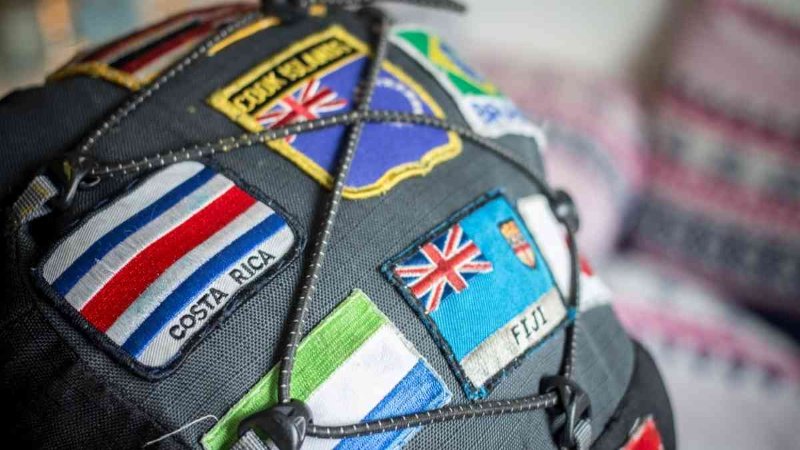
1.2 Gathering Your Supplies
To iron on patches, you will need several key items. First, select your desired iron-on patches. A dry iron is crucial; steam can damage some fabrics and prevent proper adhesion. A pressing cloth such as a thin cotton fabric or parchment paper, protects the backpack from direct heat and prevents scorching. Finally, a hard, flat ironing surface such as an ironing board, provides even heat distribution.
2. Step-by-Step Guide to Ironing on Patches
2.1 Preparing Your Backpack
Before applying the patch, clean the designated area of the backpack thoroughly. Remove any dirt or debris that could interfere with adhesion. Iron out any wrinkles or creases on the backpack’s surface to create a smooth, flat area for the patch. A smooth surface ensures even heat distribution and strong adhesion. Visual aids would show proper cleaning and wrinkle removal techniques.
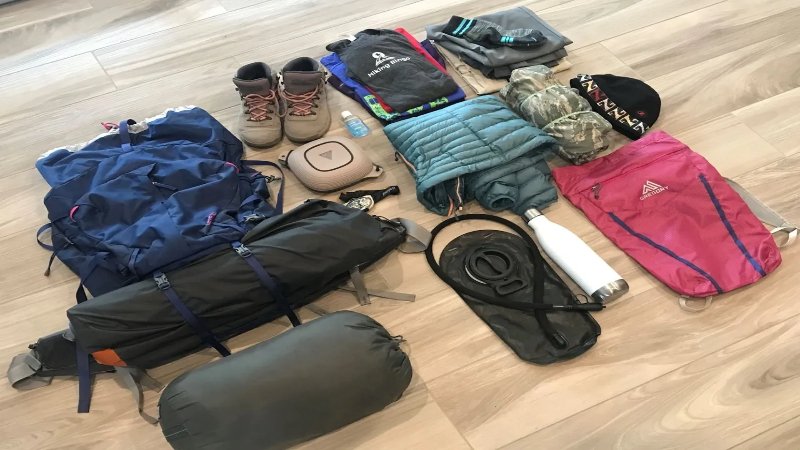
2.2 Placing and Ironing the Patch
Carefully position the patch on the prepared area of the backpack. Cover the patch with a pressing cloth to protect the backpack fabric and prevent scorching. Using a dry iron set to a medium heat, apply even pressure in a circular motion for approximately 30 seconds. Even heat distribution ensures proper adhesion. Include images to visualize correct placement and ironing techniques.
Adjust temperature based on patch and backpack material; always test on an inconspicuous area first. Ironing time should be sufficient to activate the patch’s adhesive but not so long as to cause damage. Iron-on patch application relies on correct heat application for a durable result.

2.3 Checking and Securing the Patch
You can allow the patch to cool completely before handling. Gently tug at the edges to check for secure adhesion. If the patch is loose, carefully reapply heat using the same technique for a shorter duration. For extra security, you can optionally iron the backside of the patch as well. Visual aids should depict the checking process and any potential loose edges. If necessary, repeat the ironing process but use shorter bursts of heat. Reinforce the patch from the backside for added security.

3. Alternative Methods for Attaching Patches
3.1 Sewing Patches onto Backpacks
Sewing offers a reliable alternative to ironing, especially for materials like nylon that are heat-sensitive. Sewing patches creates a significantly stronger bond, resulting in a more durable and long-lasting attachment. This method is ideal for high-stress areas or when extra security is desired. For those new to sewing, a basic tutorial on hand sewing or machine sewing techniques is readily available.
Hand sewing is a simple yet effective method, ideal for small patches. A sewing machine is more efficient for larger patches or when multiple patches are needed. Sewing ensures a long-lasting and robust attachment compared to ironing. Sew on patches securely with the proper method.
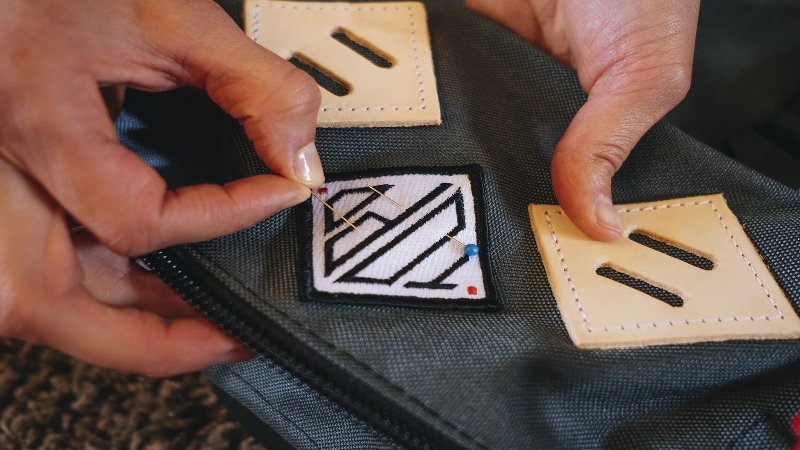
3.2 Using Fabric Glue for Patches
Fabric glue provides another viable option for attaching patches, particularly for delicate or heat-sensitive materials. Choosing a high-quality fabric glue formulated for strong adhesion is crucial. Several brands offer reliable fabric glues specifically designed for this purpose; research options before purchasing. Permanent adhesive is critical for lasting patch adherence.
The application involves applying a small amount of glue to the back of the patch and carefully pressing it onto the backpack material. Different glues offer varying drying times, so follow the instructions on your selected adhesive for optimal results. Glue patches on backpack need a strong adhesive.
4. Tips for Long-Lasting Patch Adhesion
4.1 Following Manufacturer’s Instructions
Always consult the patch packaging for specific application instructions. These guidelines are crucial for successful adhesion and vary depending on the patch type. Embroidered patches for instance might require a slightly different heat application than printed patches. Manufacturer recommendations are tailored to the specific patch materials and adhesive. Patch instructions often include temperature and time recommendations for optimal results.
Patch instructions provide crucial information on heat settings, pressing time and other essential details. Ignoring these guidelines can result in weak adhesion or damage to the patch or backpack. Specific guidelines are provided for optimal patch attachment.
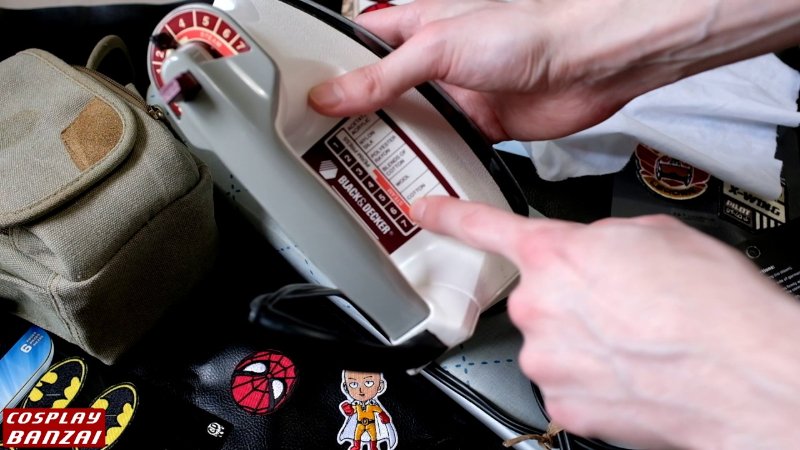
4.2 Patch Placement and Design
Consider both the backpack’s style and the patch’s design when choosing placement. Select patch sizes appropriate for the backpack; overly large patches might appear overwhelming while small patches might get lost. Visual balance is essential. Images showcasing creative patch placement and design ideas will help users visualize the process. Aesthetics and functionality should be considered.
Strategic patch placement contributes to the overall look of the backpack. Consider using patches to accentuate or complement existing backpack features or design elements. Visual balance and aesthetics contribute to the backpack’s appeal. Creative patch ideas inspire users to experiment with different looks.
5. FAQs about Iron-on Patches on Backpacks
5.1 Can I iron on a patch to a leather backpack?
Leather is generally unsuitable for iron-on patches due to its heat sensitivity. High heat can scorch or damage the leather, leaving unsightly marks. Alternative attachment methods, such as sewing the patch directly onto the leather or using a specialized leather glue, are recommended to avoid any damage to the material.
5.2 What if my patch starts to peel off?
If a patch begins to peel, there are several troubleshooting steps. Re-ironing with a pressing cloth can often restore adhesion. If re-ironing is ineffective, try applying a suitable fabric glue to the edges or around the patch’s perimeter. For a permanent and robust solution, hand-sewing the patch is the most effective method.
5.3 Can I remove an iron-on patch?
Removing an iron-on patch may involve applying heat with a dry iron to loosen the adhesive, followed by carefully peeling the patch away. However, you can use heat and adhesive remover carries the risk of damaging the backpack’s fabric. Specialized adhesive removers are available for stubborn patches. Always test any remover on an inconspicuous area first.
5.4 How do I wash a backpack with iron-on patches?
To wash a backpack with iron-on patches, hand washing is generally recommended to avoid damaging the patches. If using a machine, choose a gentle cycle with cold water and avoid harsh detergents or bleach. Turning the backpack inside out before washing helps protect the patches from abrasion.
5.5 Where can I find cool iron-on patches for my backpack?
Numerous sources offer attractive iron-on patches. Online marketplaces like Etsy and Amazon provide a wide selection of unique designs. Craft stores such as Michaels and Hobby Lobby often stock a variety of patches. You can also find patches from specialized patch retailers sometimes featuring designs tailored to specific themes.
6. My Pack Love – Providing Custom Iron-on Patches
My Pack Love offers superior custom iron-on patch services, combining extensive experience with high-quality materials and exceptional design capabilities. We create personalized patches tailored to your exact specifications, utilizing a diverse range of materials and printing techniques. Our team excels at bringing your vision to life whether you need embroidered patches, woven patches or custom designs. Browse our gallery for design inspiration.
To order custom patches or discuss your design ideas, contact us at +84 363615867 or [email protected]. Visit our website at https://mypacklove.com/ to explore our services and view examples of our work. We offer no minimum order, making custom patches accessible to everyone.
Read more:
- USPS poly mailers: Sizes, regulations & where to buy
- How to print on poly mailers: Methods, costs and eco-friendly options
- How to make custom poly mailers: Design, print & order
Customizing backpacks with iron-on patches is a simple yet rewarding DIY project. This guide provides clear instructions and helpful tips to ensure a successful and aesthetically pleasing outcome. Try these techniques and share your unique backpack on social media! We’d love to see your personalized designs.

